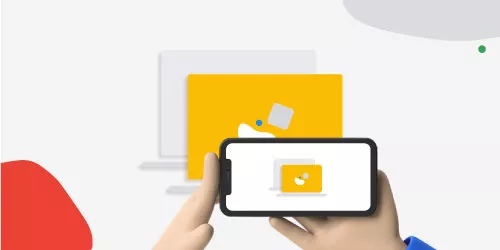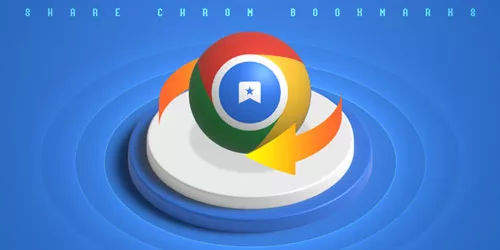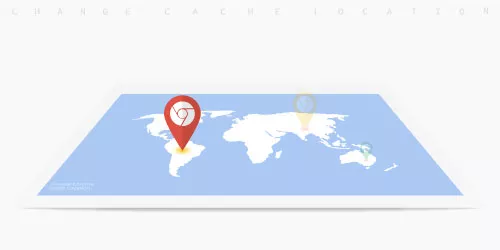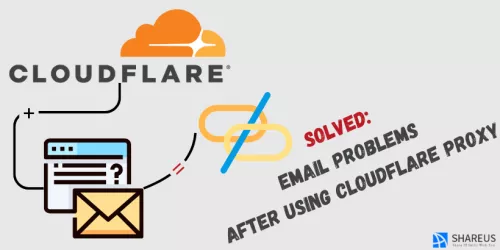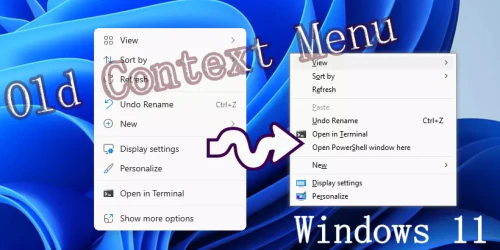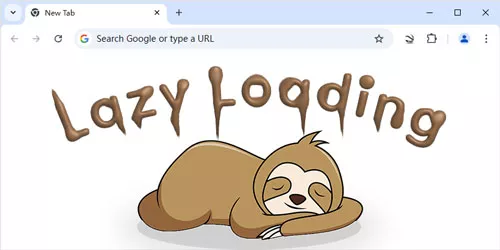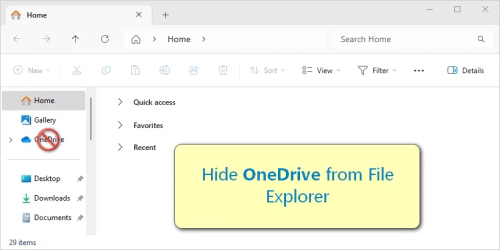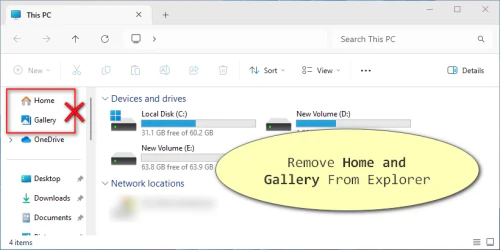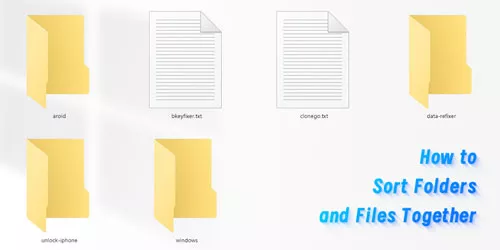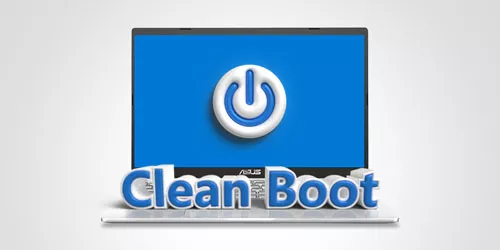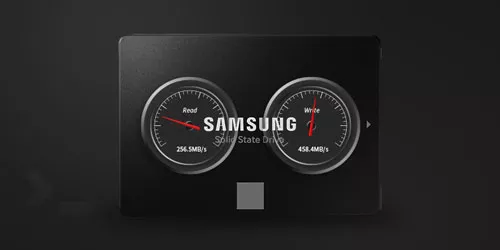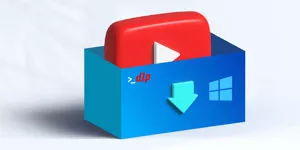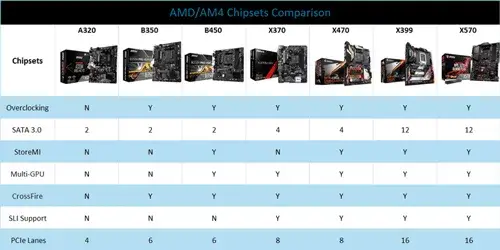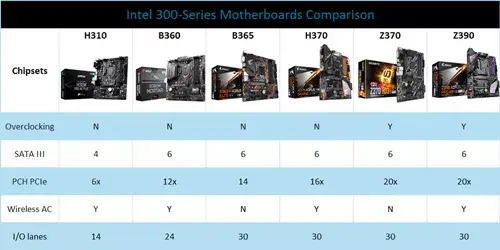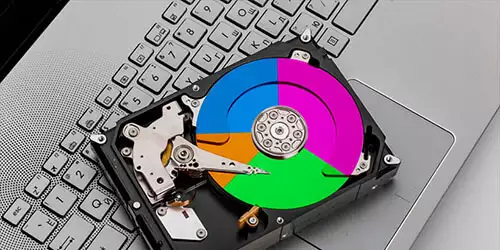How to Take a Long Screenshot on Chrome, Edge, and Firefox?
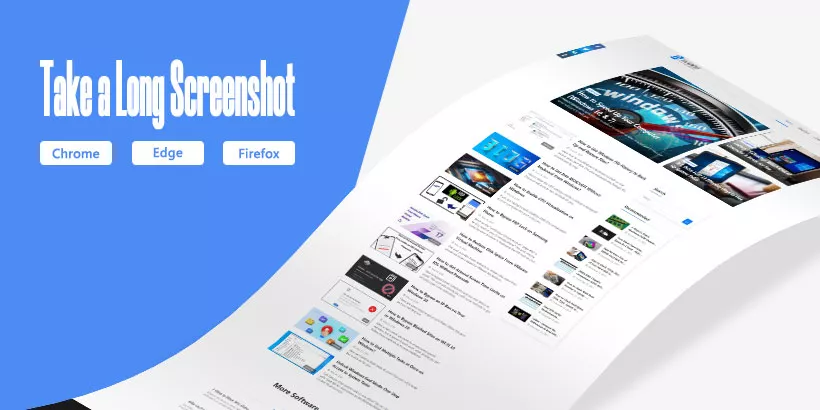
Long screenshots provide an efficient way to save and share comprehensive information without the need to piece together multiple images. This guide will explore practical methods for taking long screenshots in Chrome, Edge, and Firefox using extensions, built-in browser features, and developer tools.
1. Taking a Long Screenshot on Chrome
Chrome doesn't offer a built-in feature for capturing full-page screenshots. However, several powerful extensions can fill this gap. One of the most practical is Awesome Screen Recorder & Screenshot.
Usage process
1. Visit the Chrome Web Store and add the Awesome Screen Recorder & Screenshot extension.
2. Follow the on-screen instructions to complete the installation and configuration.
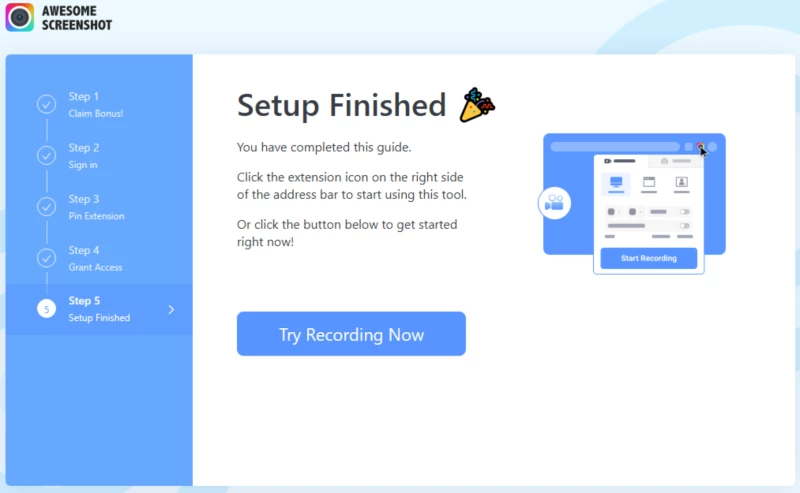
3. Navigate to the webpage you want to capture. Ensure the entire page displays correctly to avoid incomplete captures.
4. Click the Awesome Screenshot extension icon, then choose "Capture" mode and select "Full Page" option to start capturing the full page.
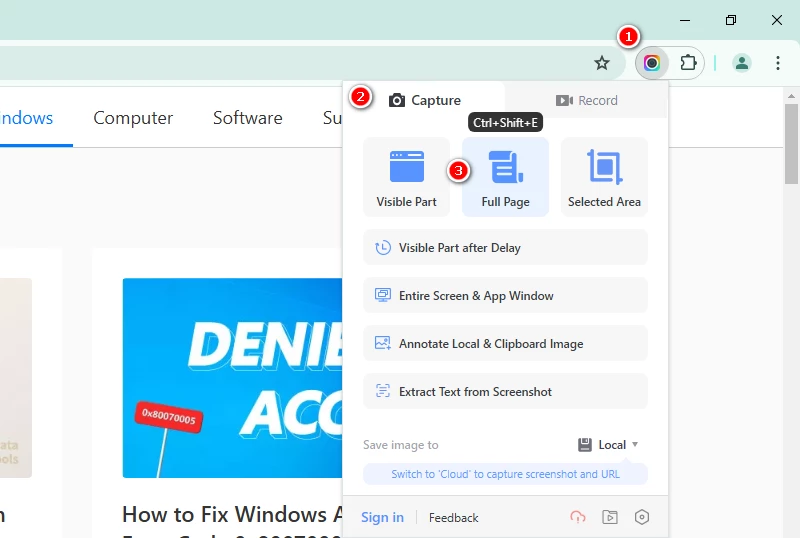
5. After capturing, the editing windows will be opened automatically, and you can utilize it to make necessary adjustments.
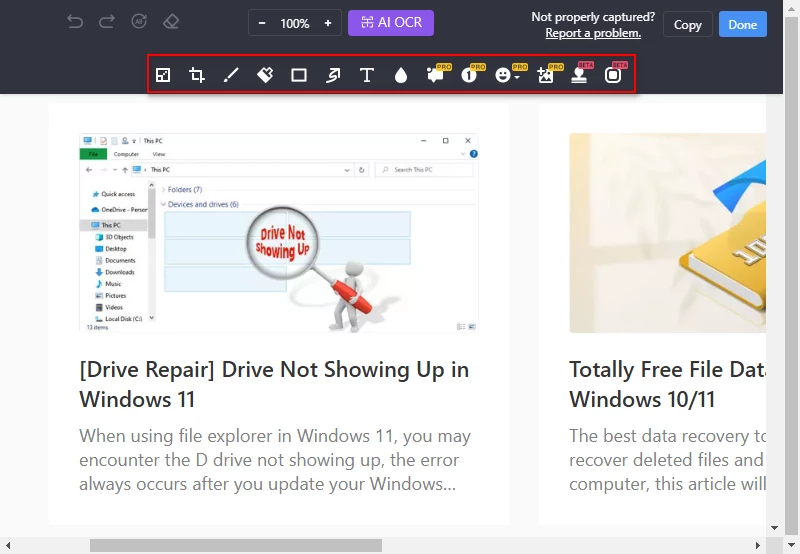
6. Once editing is complete, click the "Done" button on the right corner to enter the downloading page.
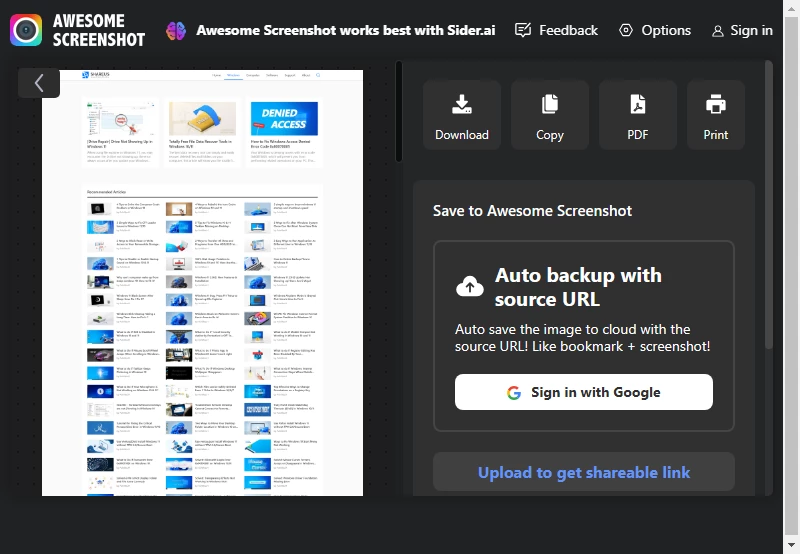
2. Taking a Long Screenshot on Edge
Microsoft Edge offers a built-in feature for capturing full-page screenshots without the need for extensions.
1. On the webpage you want to capture, right-click on a blank area and select "Screenshot".
2. At the top of the page, select "Capture full page" to initiate the screenshot process.
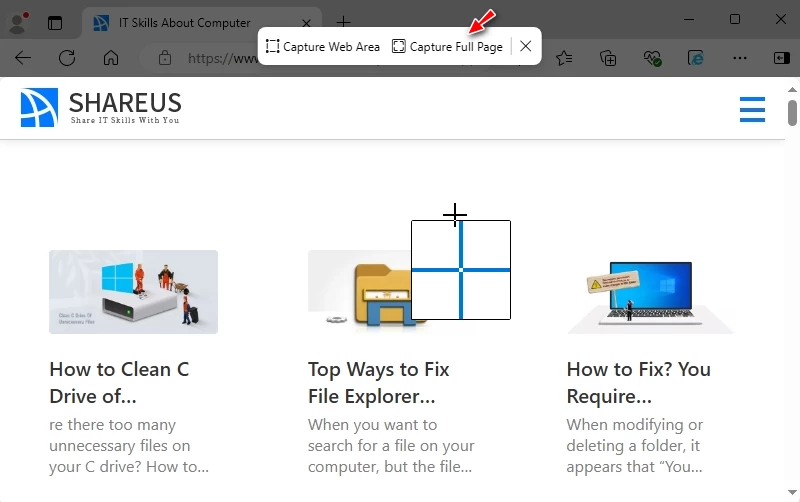
3. An editing window will appear, allowing you to annotate with a pen tool.
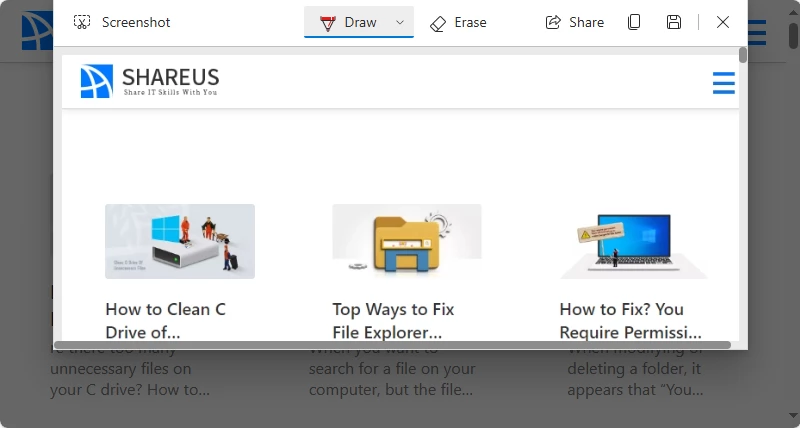
4. After editing, choose to share the web link, copy the image, or download it.
Note: If you don't find the feature, ensure your Edge browser is updated to the latest version to access this feature.
3. Taking a Long Screenshot on Firefox
Firefox users can also take advantage of the browser's built-in screenshot tool for capturing long screenshots.
1. On the target webpage, right-click on a blank area and select "Take Screenshot."
2. In the upper right corner, select "Save full page."
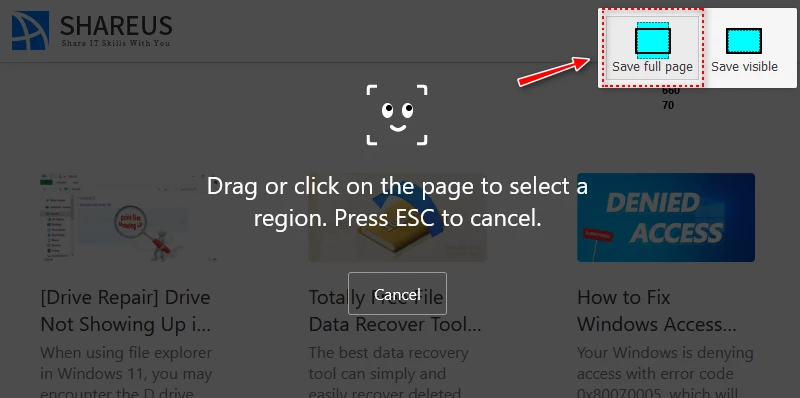
3. You can then copy the image or download it. For further editing, use an external image editing software.
4. Taking a Long Screenshot on Any Browser
For a more universal approach, here are two methods that work across most browsers:
Print to PDF
1. Navigate to the webpage you want to capture.
2. Use the shortcut Ctrl + P to open the print dialog.
3. Adjust the settings and save the webpage as a PDF file.
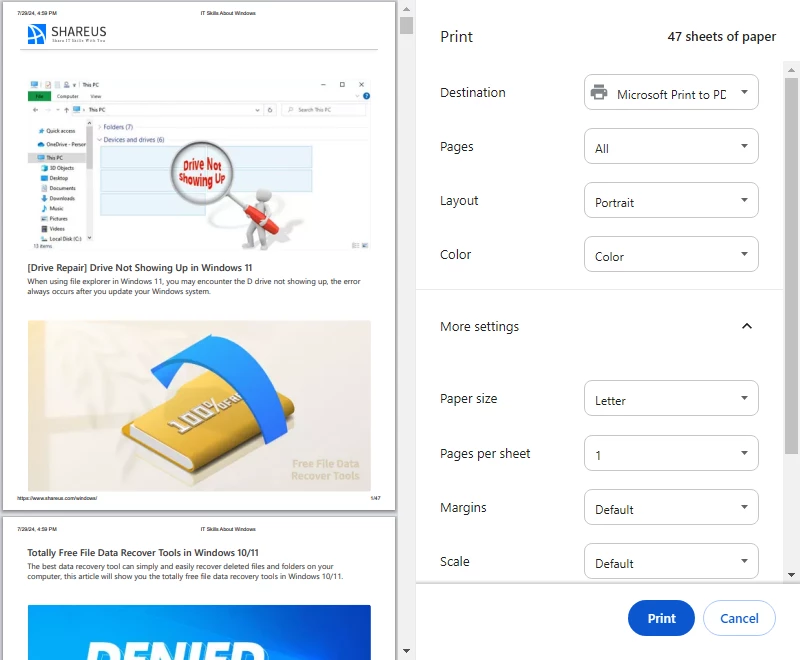
4. Edit the PDF file if necessary before sharing it with others.
Developer Tools:
1. Press F12 to open the browser's Developer Tools.
2. Make developer tools undock into separate window.

3. Click the three dots in the top right corner of the developer tools, select "Run command," type "screenshot," and choose "Capture full size screenshot."
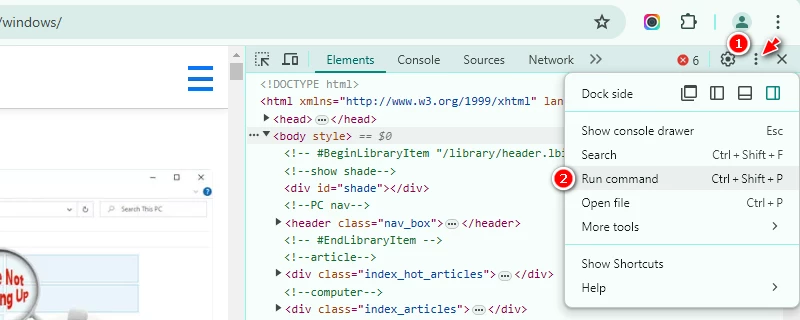

4. In the Save As dialog, name the file and choose the save location. The default file name will be the current page's URL.
Note: The save as dialog only occurs when you toggle on the "Ask where to save each file before downloading" option.
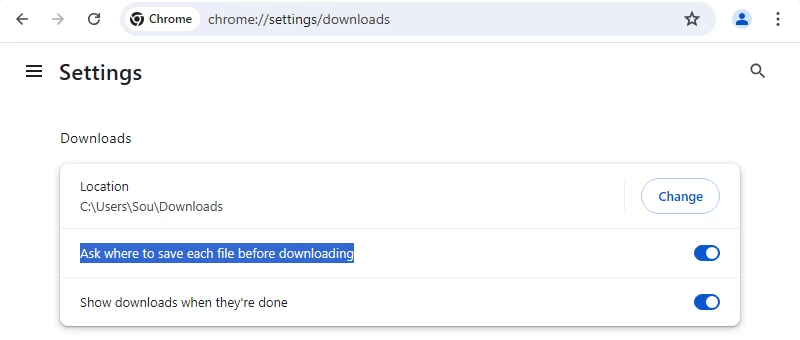
5. Summary
Built-in browser features offer a convenient way to take long screenshots but may have limited editing capabilities. For more personalized and feature-rich options, using specialized browser extensions like Awesome Screen Recorder & Screenshot is recommended. By leveraging these tools, you can easily capture, edit, and share long screenshots, enhancing your digital documentation and sharing experience.


